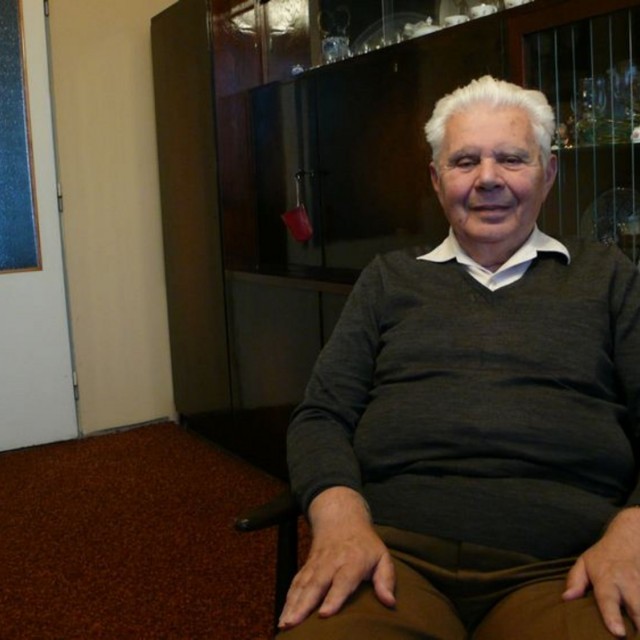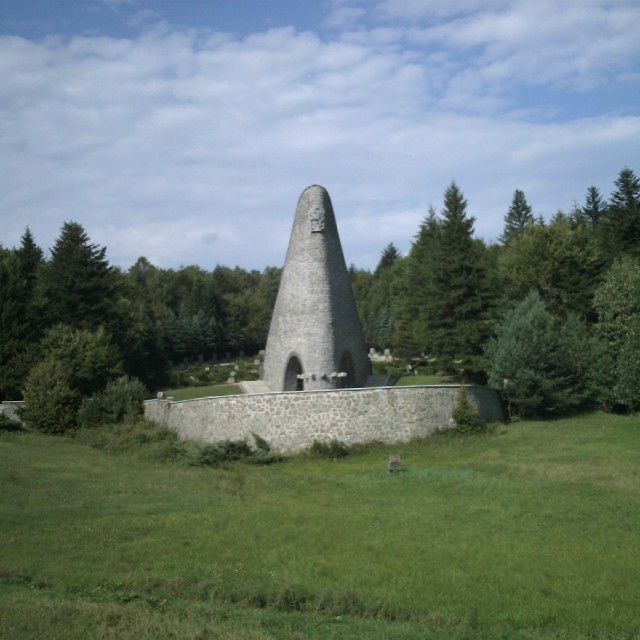A hail of mines and grenades
When the unit of Bedřich Seliger managed to fight its way into the Dukla Pass, an unpleasant reception was waiting for them. “Right on the first day we received a blow. We got to the village Machnówka, where we were showered with mines and grenades. I was lucky that no-one from my company had fallen, and our weapons didn’t suffer any damage either. But many people had died there before they even started fighting.” During the fighting in Dukla and in Slovakia, Bedřich Seliger was wounded three times. The first time was when his hand was hit by shrapnel at an observation post in Dukla. At the time he refused to be treated in a hospital and with his hand in a splint he continued to conduct the mortar fire of his company. The second time, again in Dukla, a grenade from a German mortar had killed three telephone operators in a trench. Bedřich Seliger who was lying nearby was hit by several pieces of shrapnel in his upper back. This time he had to go to hospital and he spent about two weeks there. When he returned to his unit, it was already positioned above the Slovak village Komárník. After heavy fighting for the hill Obšár, the unit could advance to the West. Bedřich Seliger sustained his third injury on 30th January 1945 near Štrba in Slovakia. “I was walking alongside our carriage which carried mines, and suddenly the horse rode onto a landmine. A terrible fire broke out. At the time it was all a question of a few millimetres. I was wearing a military coat, the coat was ripped into pieces and I was bleeding heavily. At the time it was serious. They stopped the bleeding, bandaged me and an ambulance took me to a sanatorium in Vyšné Hagy. There they took out all kinds of shrapnel that I had in my body.” A forgotten piece of shrapnel under his chin was taken out as late as 1965.
Hodnocení
Hodnotilo 0 lidí
Routes
Not a part of any route.
Comments
No comments yet.






